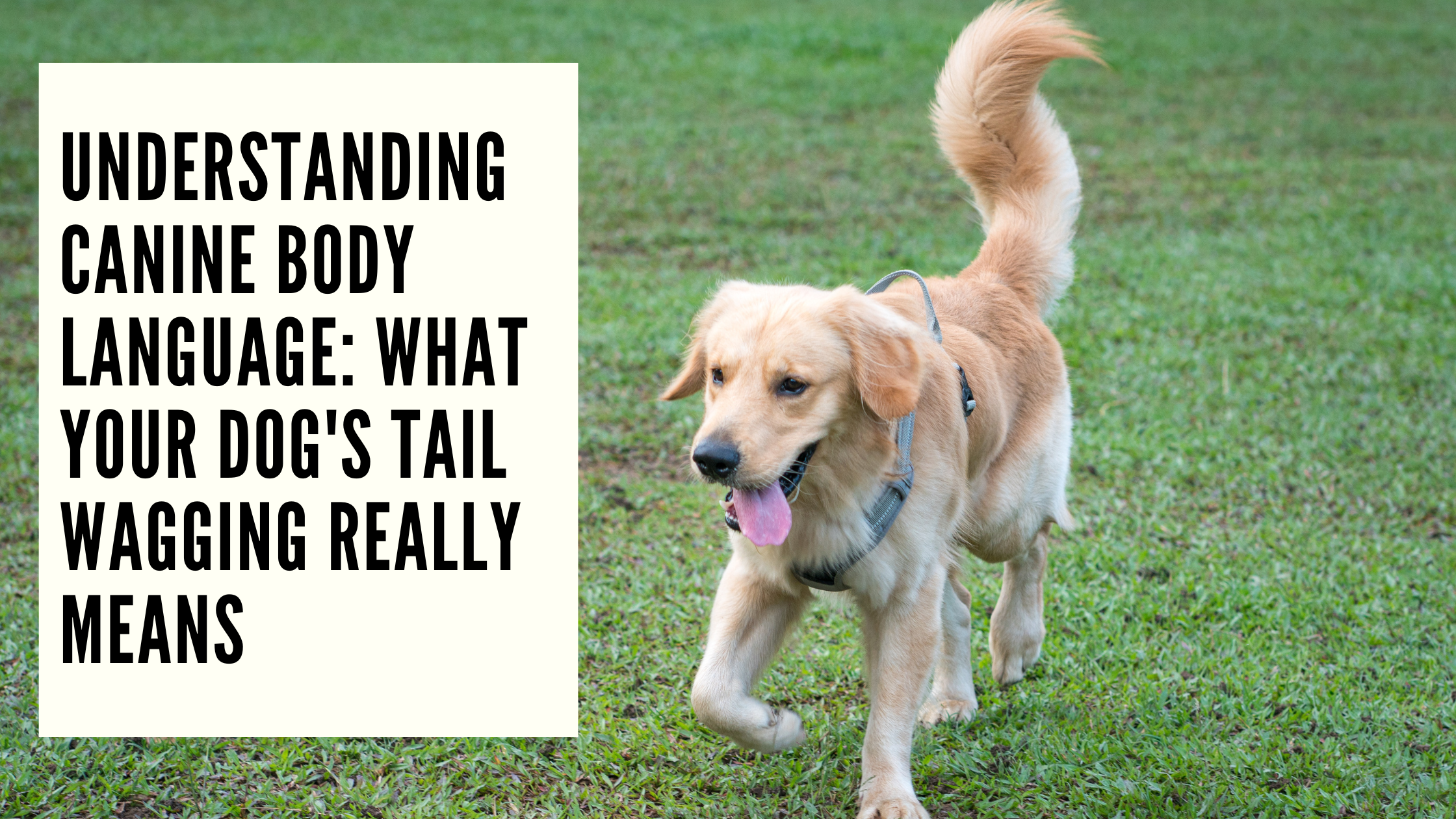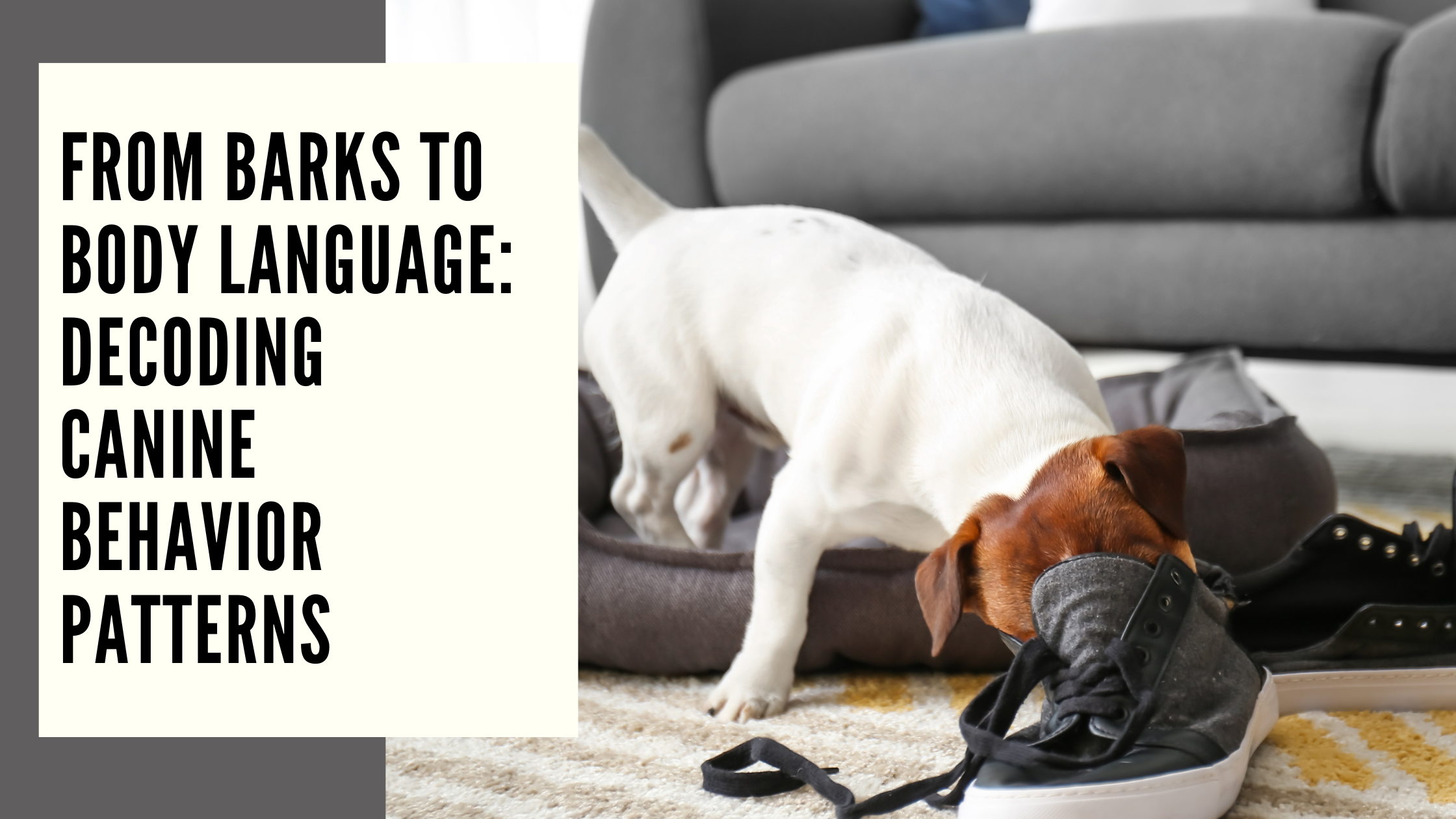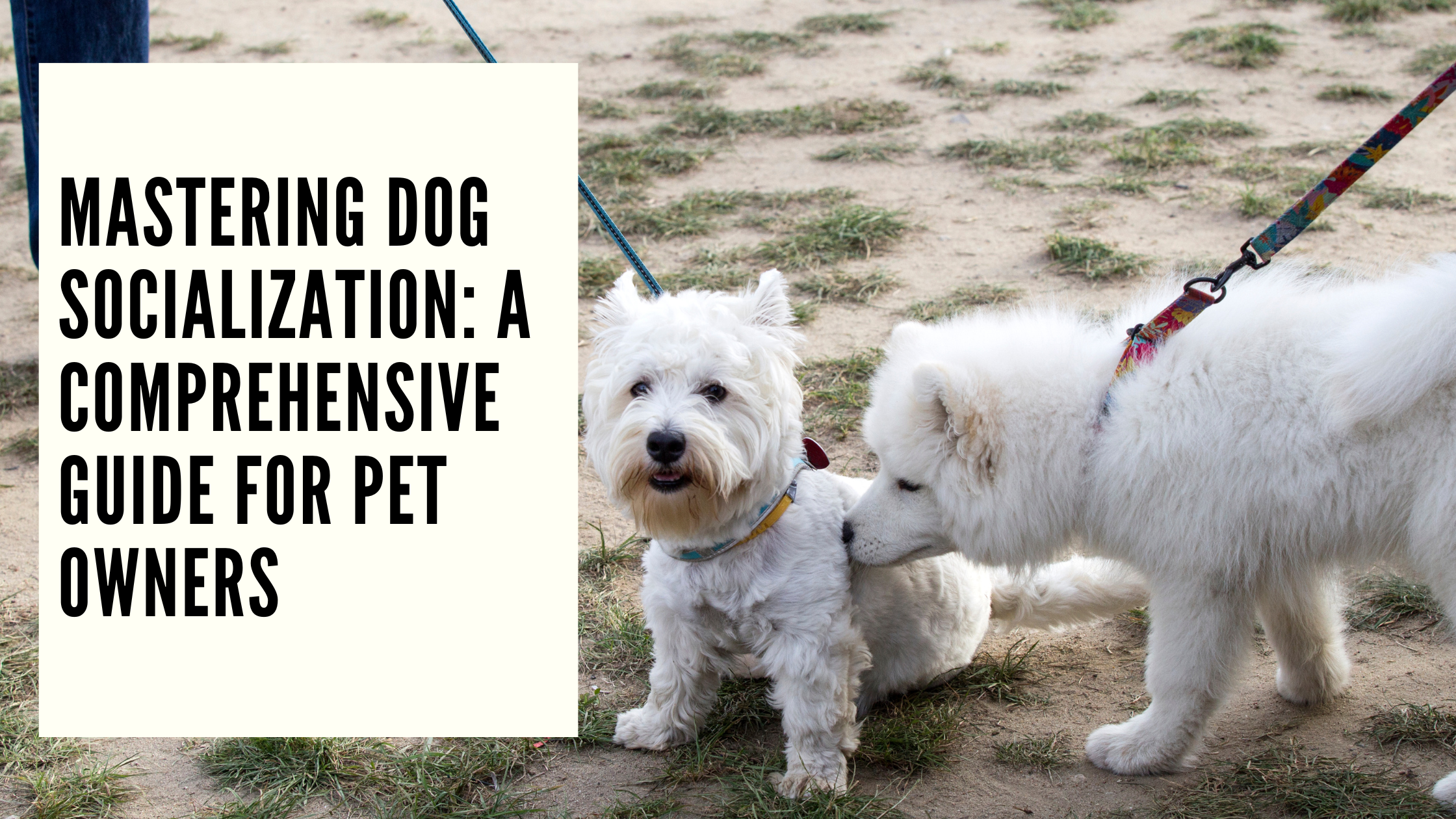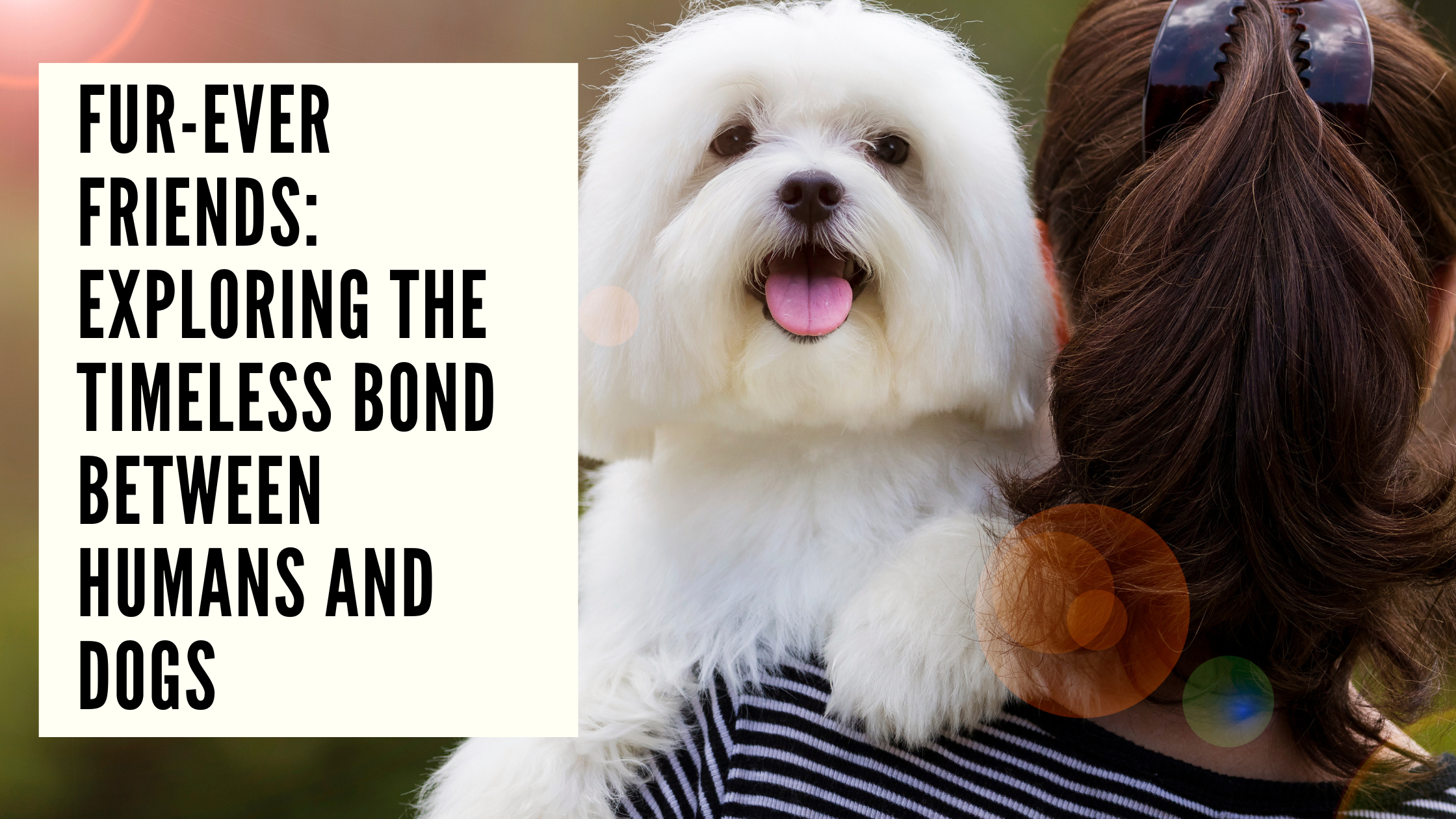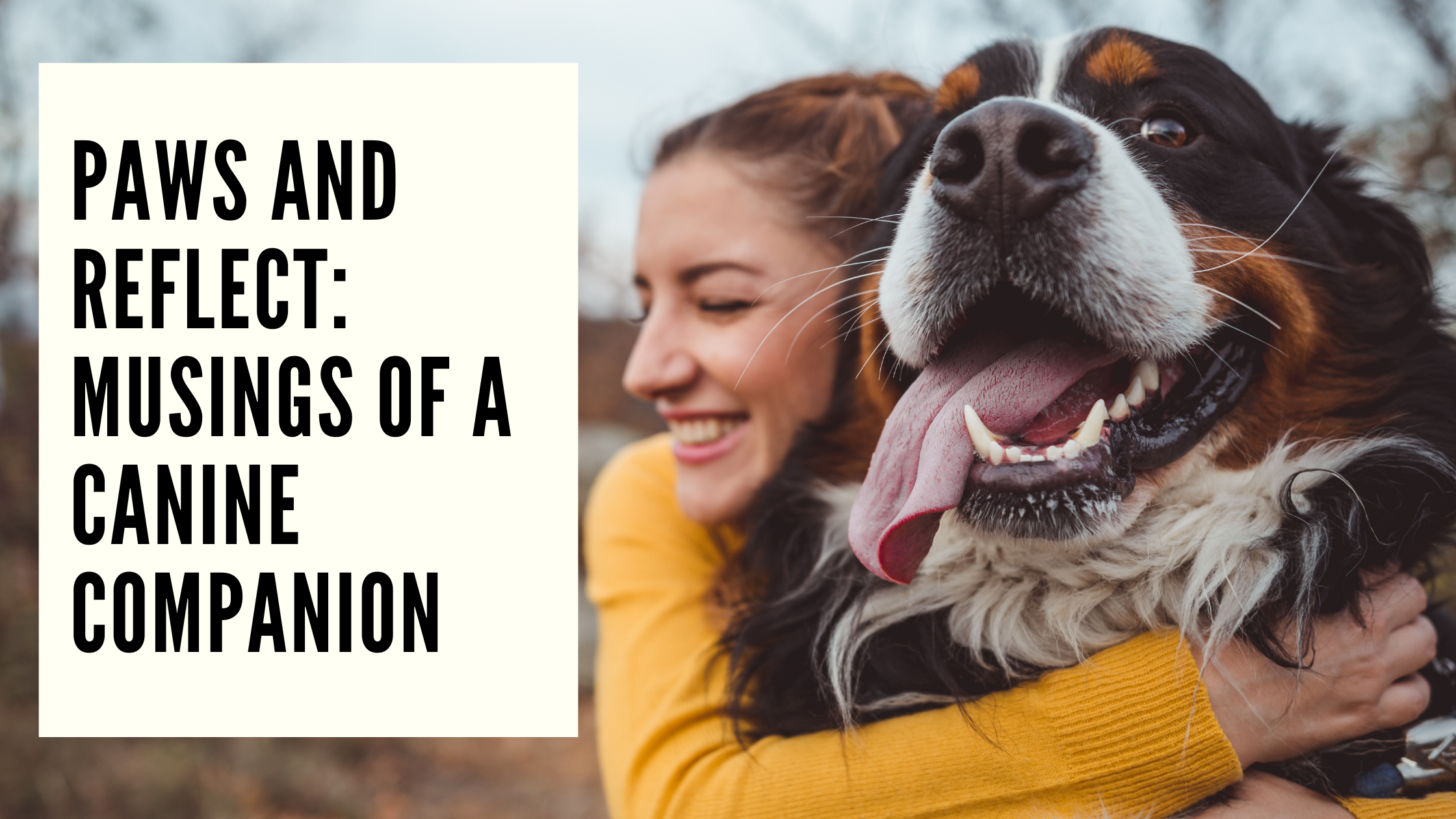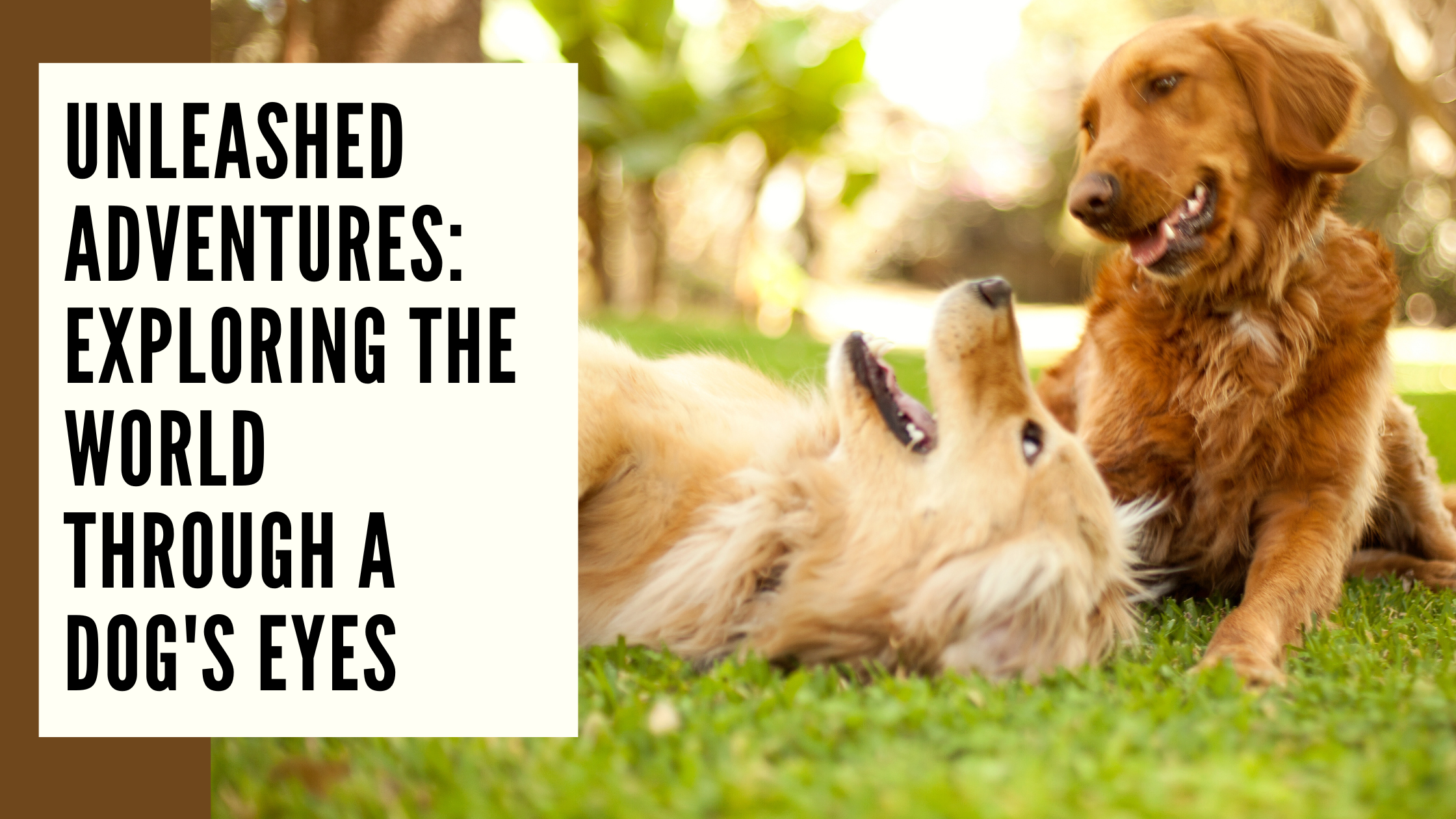Understanding Canine Body Language: What Your Dog’s Tail Wagging Really Means
Dogs, often considered man’s best friend, communicate with us through various means, with body language being one of the most prominent. Among the myriad of gestures and signals they employ, tail wagging stands out as one of the most recognizable yet misunderstood. In this comprehensive guide, we delve deep into the intricacies of canine body language, focusing particularly on what your dog’s tail wagging truly signifies.
Why Understanding Canine Body Language is Important
The significance of communication
Communication forms the backbone of any relationship, and the bond between a dog and its owner is no exception. By deciphering the nuanced language of tail wagging and other body cues, we can bridge the communication gap and better understand our furry companions.
Benefits of understanding dog behavior
Beyond fostering a deeper connection, comprehending canine body language offers practical benefits. It enables us to anticipate our dog’s needs, prevent potential conflicts, and provide timely assistance when required.
Interpreting Tail Wagging
Different types of tail wagging
Contrary to popular belief, not all tail wagging indicates happiness. The speed, direction, and amplitude of the wag can convey a spectrum of emotions, ranging from joy and excitement to fear and apprehension.
Context matters
Understanding tail wagging requires context. Factors such as the dog’s overall demeanor, the environment they’re in, and recent experiences all influence the message behind the wag.
The Wagging Spectrum: From Happiness to Anxiety
Signs of happiness
A vigorous, loose wag accompanied by relaxed body posture signifies genuine happiness and contentment. Some dogs may even exhibit a “full-body wag,” where their entire body seems to sway with joy.
Indicators of stress or fear
Conversely, a stiff, high tail wag with little movement elsewhere in the body may indicate stress, fear, or even aggression. A low, slow wag with the tail tucked between the legs suggests feelings of anxiety or submission.
Tail Position and What it Reveals
High tail vs. low tail
The position of a dog’s tail offers valuable insights into their emotional state. A high-held tail denotes confidence and assertiveness, while a lowered tail signals submission or uncertainty.
Tail tucked between legs
When a dog tucks its tail tightly between its hind legs, it’s a clear indication of fear, anxiety, or submission. This behavior is often observed in unfamiliar or threatening situations.
Other Body Language Cues to Watch For
Ears, eyes, and mouth
While tail wagging is significant, it’s just one piece of the puzzle. Pay attention to subtle cues such as ear position, eye contact, and the tension in the mouth to gain a holistic understanding of your dog’s mood.
Posture and movement
The way your dog carries themselves and moves can provide further clues. A relaxed, fluid gait suggests comfort and ease, whereas tense, jerky movements may indicate agitation or discomfort.
Common Misconceptions about Tail Wagging
Misinterpreting excitement as happiness
It’s easy to mistake a rapid tail wag for sheer joy, but excitement isn’t always positive. Overstimulation or anxiety can also manifest as frenzied tail wagging, highlighting the importance of context in interpretation.
Understanding tail wagging in context
To accurately decipher tail wagging, consider the broader context. Factors such as the presence of unfamiliar individuals or animals, recent experiences, and the dog’s overall behavior provide vital clues.
How to Respond to Different Tail Wagging Behaviors
Positive reinforcement
Reinforce desirable behaviors by rewarding calm, relaxed tail wagging with treats, praise, or affection. This encourages your dog to associate positive emotions with appropriate body language.
When to intervene
If your dog’s tail wagging is accompanied by signs of distress, aggression, or discomfort, intervene calmly and remove them from the triggering situation. Address any underlying issues promptly to prevent escalation.
Tips for Communicating Effectively with Your Dog
Building trust and rapport
Establish a strong foundation of trust through positive reinforcement, consistent training, and regular socialization. A confident, well-adjusted dog is more likely to communicate openly and effectively.
Training and socialization
Invest time and effort in training your dog and exposing them to various social situations from an early age. This helps build their confidence and equips them with the necessary skills to navigate the world.
The Importance of Observing Your Dog
Being proactive vs. reactive
By actively observing your dog’s body language and behavior, you can identify potential issues before they escalate. This proactive approach allows you to address concerns promptly and effectively.
Creating a strong bond
Regular observation fosters a deeper bond between you and your dog, enhancing mutual understanding and trust. It also enables you to tailor your interactions to meet your dog’s individual needs.
Tail Wagging in Different Breeds
Variations in tail wagging behavior
Different breeds may exhibit unique tail wagging behaviors influenced by factors such as genetics, temperament, and breed history. Familiarize yourself with breed-specific cues to better understand your dog’s communication style.
Breed-specific cues
While the basic principles of tail wagging apply universally, certain breeds may have distinct variations. For example, some breeds are known for “helicopter tail wagging,” where the tail spins in circles, while others have more subtle wagging patterns.
Tail Docking: Controversies and Effects
Historical practices
Tail docking, the surgical removal of a portion of a dog’s tail, has a long history rooted in practicality and aesthetics. Traditionally performed for working dogs to prevent injury or improve hygiene, it’s now primarily done for cosmetic reasons.
Ethical considerations
The practice of tail docking has sparked debates among veterinarians, animal welfare organizations, and dog owners. While some argue for its continued use in certain circumstances, others advocate for its complete cessation due to ethical concerns and potential negative effects on dogs’ well-being.
Can Tail Wagging Predict Aggression?
Understanding warning signs
While tail wagging is often associated with friendliness, certain tail positions and movements may indicate impending aggression or discomfort. Raised tails held rigidly or wagged in short, quick motions can be a warning sign.
Seeking professional advice
If you’re unsure about your dog’s behavior or how to interpret their tail wagging, seek guidance from a qualified veterinarian or animal behaviorist. They can provide personalized advice and support based on your dog’s specific needs.
Conclusion
Understanding your dog’s body language, particularly tail wagging, is essential for fostering a harmonious relationship built on trust and mutual understanding. By paying close attention to subtle cues and interpreting them in context, you can strengthen your bond with your canine companion and ensure their well-being.
You May Also Like : Behaviour Patterns of a Canine
FAQs
1. How can I tell if my dog is happy when wagging its tail?
Look for a loose, relaxed wag accompanied by an open mouth, relaxed ears, and a soft gaze.
2. Should I be concerned if my dog’s tail is wagging rapidly?
Rapid tail wagging can indicate excitement, but it’s essential to assess the overall context and your dog’s body language to determine their emotional state accurately.
3. Can a dog wag its tail when it’s scared?
Yes, dogs may wag their tails when they’re scared or anxious, but the tail position and accompanying body language can help differentiate between fear and happiness.
4. What should I do if my dog’s tail is tucked between its legs?
Approach your dog calmly and try to identify the source of their distress. Provide reassurance and remove them from any stressful situations if possible.
5. Is tail wagging always a sign of friendliness?
While tail wagging is often associated with friendliness, it’s essential to consider the context and your dog’s overall body language to accurately interpret their intentions.
